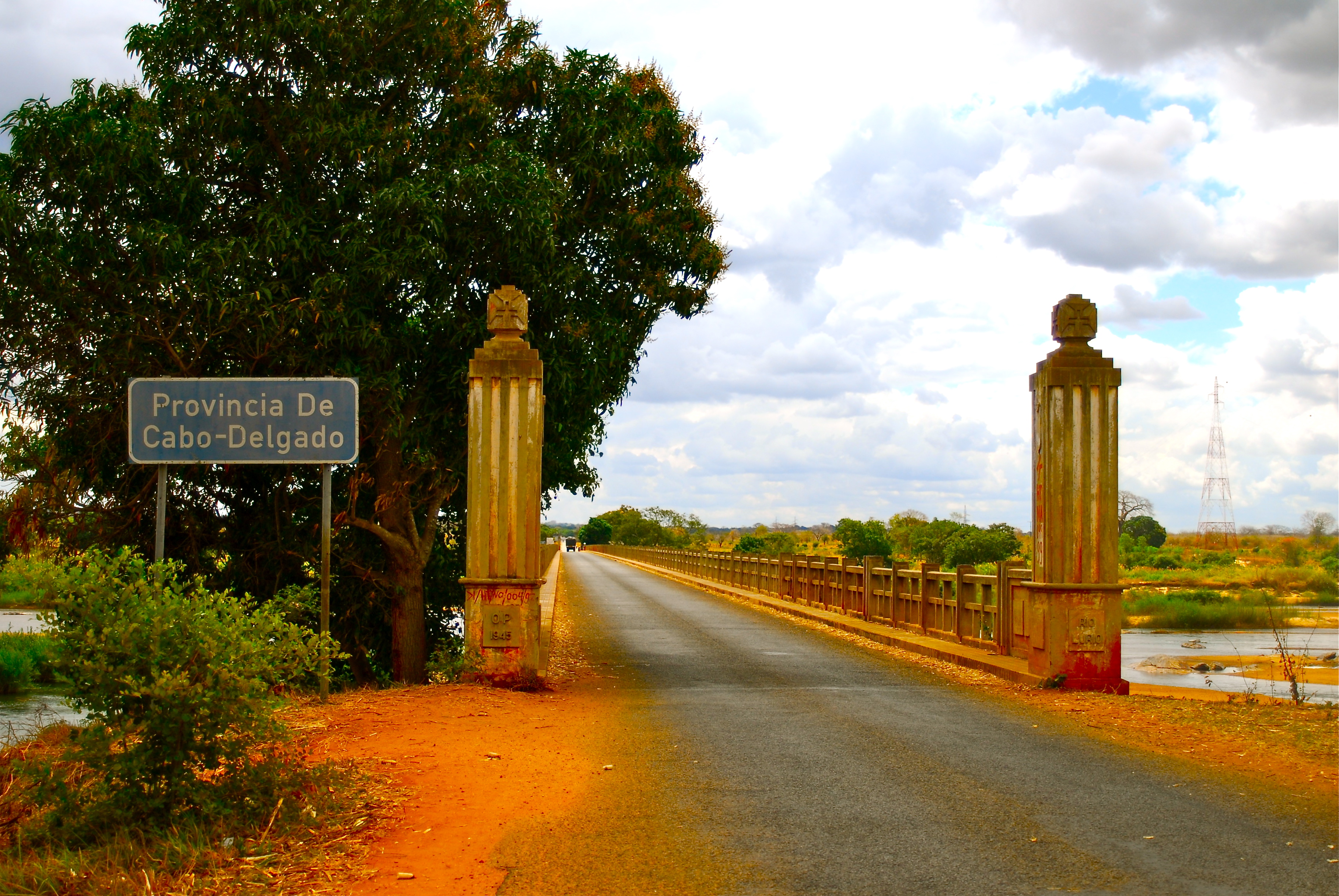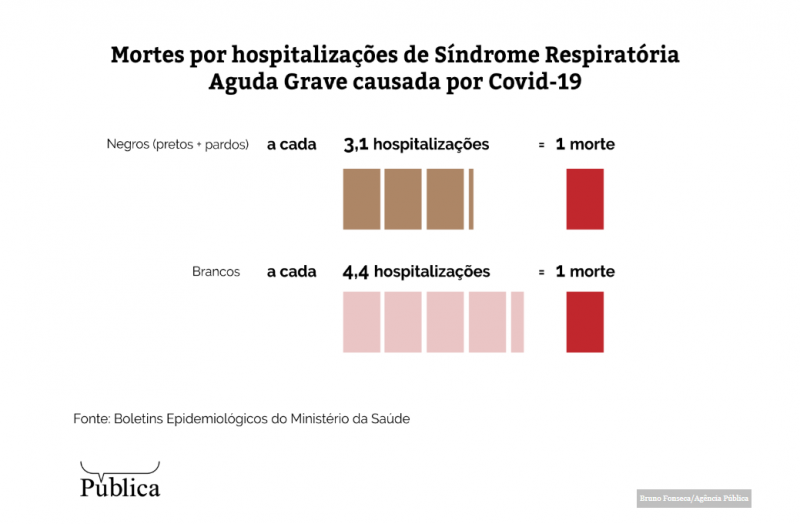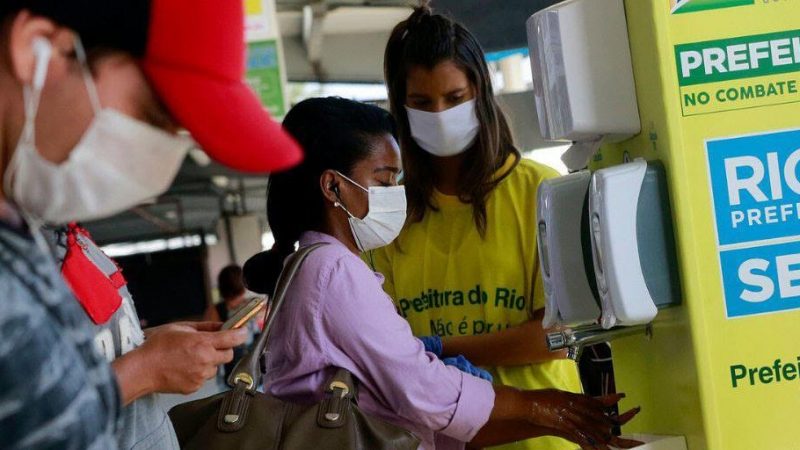Attacks by armed groups started in 2017
Translation posted 11 June 2020

Cabo Delgado bridge, Mozambique. August 4, 2009. Photo by F. Mira via CC BY-SA 2.0.
Twitter users in Mozambique are mobilising to share information on the violence in the province of Cabo Delgado, which has been the site of attacks by armed groups since 2017.
Since the start of the attacks, more than 900 people have been killed. In February this year, a local government report revealed that over 150,000 people had been affected by the conflict. The reason for the attacks is not completely clear, but there is some evidence that they are linked to an Islamic extremist group.
Read more: New video gives clues about motives behind attacks in northern Mozambique
In mid-May, the Mozambican government joined other presidents from southern Africa at a high-level conference in an apparent attempt to generate external support for the fight against insurgency.
Days later, the president of Mozambique announced the death of two of the leaders behind the attacks in the north.
Many of the attacks have subsequently been revealed in videos and photos on social media, sometimes by the attackers themselves. In the absence of adequate information from the authorities, some users are trying to make sense of this content on social media:
#CaboDelgado as coisas pioram dia após dia, #massacres atrás de massacres, destruição de vilas umas das outras. Para quando o apoio militar da #SADC ?🤔
#CaboDelgado the situation is deterioriating day after day, #massacre [HYPERLINK] after massacre, destruction of one town after the next. How long until military assistance from the #SADC?
— Egídio João (@Egidio_E_Joao) June 3, 2020
Afinal o que está acontecer em Cabo Delgado (Moçambique)?
After all of this, what is happening in Cabo Delgado (Mozambique)?
A Thread pic.twitter.com/kcVVZDBiTp
— Withney Osvalda (@withneysabino) June 1, 2020
Okok
THREAD CABO DELGADO
Peço que deixem aqui em baixo toda informação que há disponivel sobre o que está a acontecer em Cabo Delgado, vamo nos ajudar a ajudar, invés de reclamarem só!!
Okok
CABO DELGADO THREAD
Please add below any information available on what is happening in Cabo Delgado, let’s help ourselves to help, instead of just complaining!!
— soh fee uh (@smaquile) June 1, 2020
Para podermos ajudar temos que ter informação, e isso o governo não está a publicar, temos que estar a basear-nos em mouth to mouth information e videos fora de contexto que nos mandam de lá…
So that we can help ourselves we need to have information, which our government isn’t publishing, we need to rely on mouth to mouth information and videos beyond what they are giving us…
— druegas, sole da (@Queen_Tassy1) June 1, 2020
Lembrei de ter lido nalgum lugar que a forma mais fácil de roubar terra é criando instabilidade ao ponto dos proprietários fugirem. Não há terra mais barata do que aquela em conflito e miséria. Agora pergunto… a quem interessa comprar Cabo-Delgado?
I remember reading somewhere that the easiest way to steal land is to create instability to the point that owners flee. There’s no land cheaper than where there’s conflict and misery. Now I wonder who would be interested in buying in Cabo Delgado?
— manteiga de karité, bebé (@Leocadeea) June 1, 2020
Some have noted the fact that events outside of Mozambique appear to be receiving less attention than those taking place inside:
Tenho visto em muitos Moçambicanos “Black life’s Matter” e menos “Pray for Cabo Delegado”…
I have seen many Mozambicans with more “Black Lives Matter” and less “Pray for Cabo Delgado”
— 𝗕𝗮𝘃𝘆 (@Djbavy) June 3, 2020
Also being shared are warnings about misinformation:
Mas muita atenção com a informação proliferada por este senhor, já várias vezes foi confrontado por mostrar imagens que não são de Cabo Delgado e ele tenta passar as images como “exclusivas”!
But beware the information shared by this man. He’s already been confronted for showing images that aren’t of Cabo Delgado and he is attempting to pass them off as exclusive!
— Micah Dunduro (@Donduro88) June 2, 2020
A movement has also resurfaced with the aim of organizing solidarity campaign in support of those affected by the escalating violence in Cabo Delgado:
Estamos a preparar a 4a Fase da campanha de solidariedade nacional por Cabo Delgado. Precisamos de voluntários para pré-organização
Por favor partilhem com os vossos amigos que possam ajudar-nos com cartazes e vídeos da convocatória✌🏽#CaboDelgado_também_é_Moçambique#CaboDelgado
We are preparing the 4th phase of the national campaign for solidarity for Cabo Delgado. We need volunteers for the pre-organisation phase. Please share with your friends who are able to help us with poster and video calls to actions #CaboDelgado_também_é_Moçambique#CaboDelgado
— Cídia Chissungo (@Cidiachissungo) June 3, 2020
Quem puder ajudar de alguma forma:#CaboDelgado #CABODELGADOIMPORTA pic.twitter.com/Itnq9V507K
If anybody can help in any way: #CaboDelgado #CABODELGADOIMPORTA pic.twitter.com/Itnq9V507K
— Alícia Cossa (@alicia_cossa) June 3, 2020

Written byDércio Tsandzana

Translated byAyoola Alabi
Translation posted 11 June 2020

Cabo Delgado bridge, Mozambique. August 4, 2009. Photo by F. Mira via CC BY-SA 2.0.
Twitter users in Mozambique are mobilising to share information on the violence in the province of Cabo Delgado, which has been the site of attacks by armed groups since 2017.
Since the start of the attacks, more than 900 people have been killed. In February this year, a local government report revealed that over 150,000 people had been affected by the conflict. The reason for the attacks is not completely clear, but there is some evidence that they are linked to an Islamic extremist group.
Read more: New video gives clues about motives behind attacks in northern Mozambique
In mid-May, the Mozambican government joined other presidents from southern Africa at a high-level conference in an apparent attempt to generate external support for the fight against insurgency.
Days later, the president of Mozambique announced the death of two of the leaders behind the attacks in the north.
Many of the attacks have subsequently been revealed in videos and photos on social media, sometimes by the attackers themselves. In the absence of adequate information from the authorities, some users are trying to make sense of this content on social media:
#CaboDelgado as coisas pioram dia após dia, #massacres atrás de massacres, destruição de vilas umas das outras. Para quando o apoio militar da #SADC ?🤔
#CaboDelgado the situation is deterioriating day after day, #massacre [HYPERLINK] after massacre, destruction of one town after the next. How long until military assistance from the #SADC?
— Egídio João (@Egidio_E_Joao) June 3, 2020
Afinal o que está acontecer em Cabo Delgado (Moçambique)?
After all of this, what is happening in Cabo Delgado (Mozambique)?
A Thread pic.twitter.com/kcVVZDBiTp
— Withney Osvalda (@withneysabino) June 1, 2020
Okok
THREAD CABO DELGADO
Peço que deixem aqui em baixo toda informação que há disponivel sobre o que está a acontecer em Cabo Delgado, vamo nos ajudar a ajudar, invés de reclamarem só!!
Okok
CABO DELGADO THREAD
Please add below any information available on what is happening in Cabo Delgado, let’s help ourselves to help, instead of just complaining!!
— soh fee uh (@smaquile) June 1, 2020
Para podermos ajudar temos que ter informação, e isso o governo não está a publicar, temos que estar a basear-nos em mouth to mouth information e videos fora de contexto que nos mandam de lá…
So that we can help ourselves we need to have information, which our government isn’t publishing, we need to rely on mouth to mouth information and videos beyond what they are giving us…
— druegas, sole da (@Queen_Tassy1) June 1, 2020
Lembrei de ter lido nalgum lugar que a forma mais fácil de roubar terra é criando instabilidade ao ponto dos proprietários fugirem. Não há terra mais barata do que aquela em conflito e miséria. Agora pergunto… a quem interessa comprar Cabo-Delgado?
I remember reading somewhere that the easiest way to steal land is to create instability to the point that owners flee. There’s no land cheaper than where there’s conflict and misery. Now I wonder who would be interested in buying in Cabo Delgado?
— manteiga de karité, bebé (@Leocadeea) June 1, 2020
Some have noted the fact that events outside of Mozambique appear to be receiving less attention than those taking place inside:
Tenho visto em muitos Moçambicanos “Black life’s Matter” e menos “Pray for Cabo Delegado”…
I have seen many Mozambicans with more “Black Lives Matter” and less “Pray for Cabo Delgado”
— 𝗕𝗮𝘃𝘆 (@Djbavy) June 3, 2020
Also being shared are warnings about misinformation:
Mas muita atenção com a informação proliferada por este senhor, já várias vezes foi confrontado por mostrar imagens que não são de Cabo Delgado e ele tenta passar as images como “exclusivas”!
But beware the information shared by this man. He’s already been confronted for showing images that aren’t of Cabo Delgado and he is attempting to pass them off as exclusive!
— Micah Dunduro (@Donduro88) June 2, 2020
A movement has also resurfaced with the aim of organizing solidarity campaign in support of those affected by the escalating violence in Cabo Delgado:
Estamos a preparar a 4a Fase da campanha de solidariedade nacional por Cabo Delgado. Precisamos de voluntários para pré-organização
Por favor partilhem com os vossos amigos que possam ajudar-nos com cartazes e vídeos da convocatória✌🏽#CaboDelgado_também_é_Moçambique#CaboDelgado
We are preparing the 4th phase of the national campaign for solidarity for Cabo Delgado. We need volunteers for the pre-organisation phase. Please share with your friends who are able to help us with poster and video calls to actions #CaboDelgado_também_é_Moçambique#CaboDelgado
— Cídia Chissungo (@Cidiachissungo) June 3, 2020
Quem puder ajudar de alguma forma:#CaboDelgado #CABODELGADOIMPORTA pic.twitter.com/Itnq9V507K
If anybody can help in any way: #CaboDelgado #CABODELGADOIMPORTA pic.twitter.com/Itnq9V507K
— Alícia Cossa (@alicia_cossa) June 3, 2020
Written byDércio Tsandzana
Translated byAyoola Alabi




 🏁 (@Florianaire)
🏁 (@Florianaire) 


















